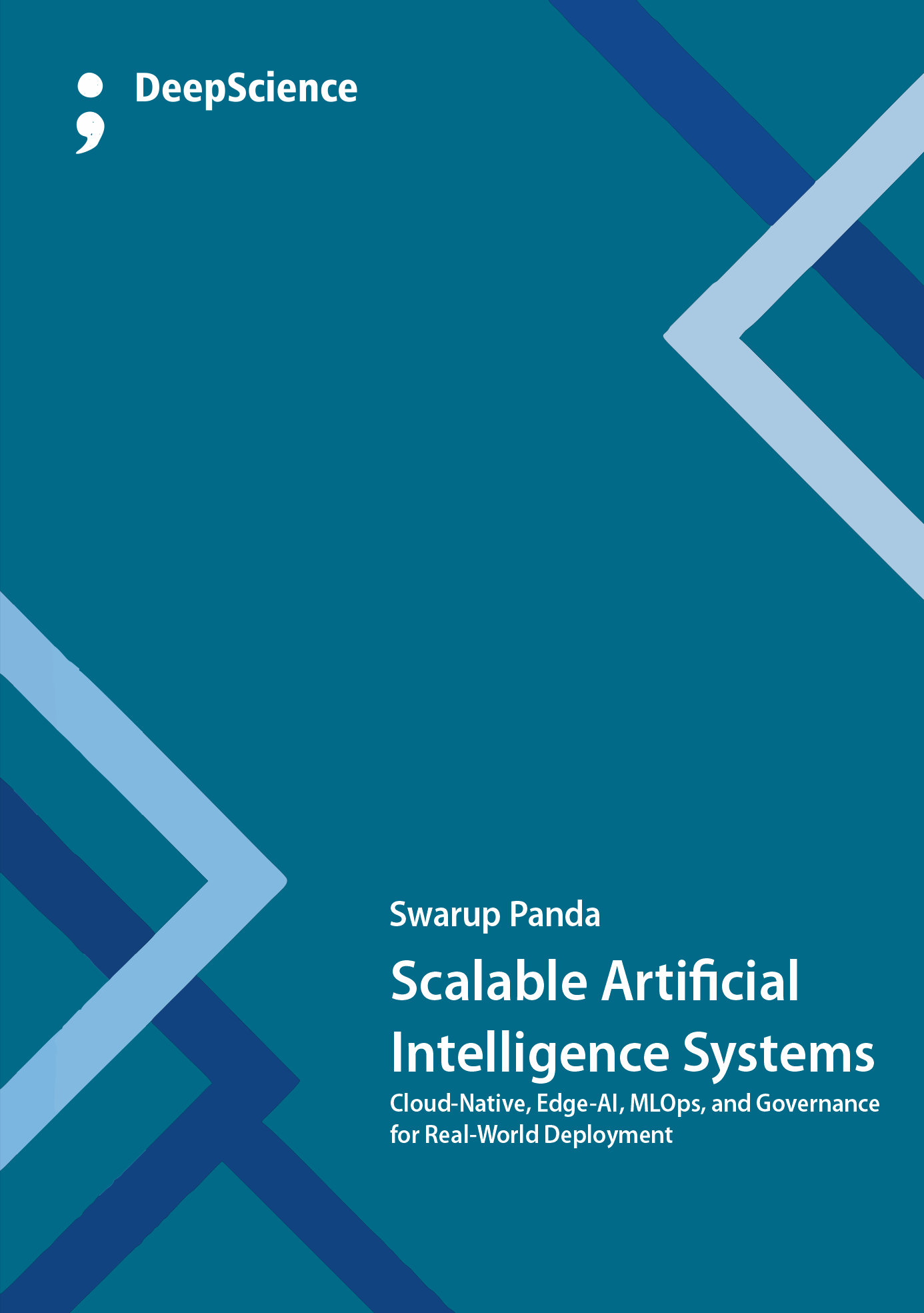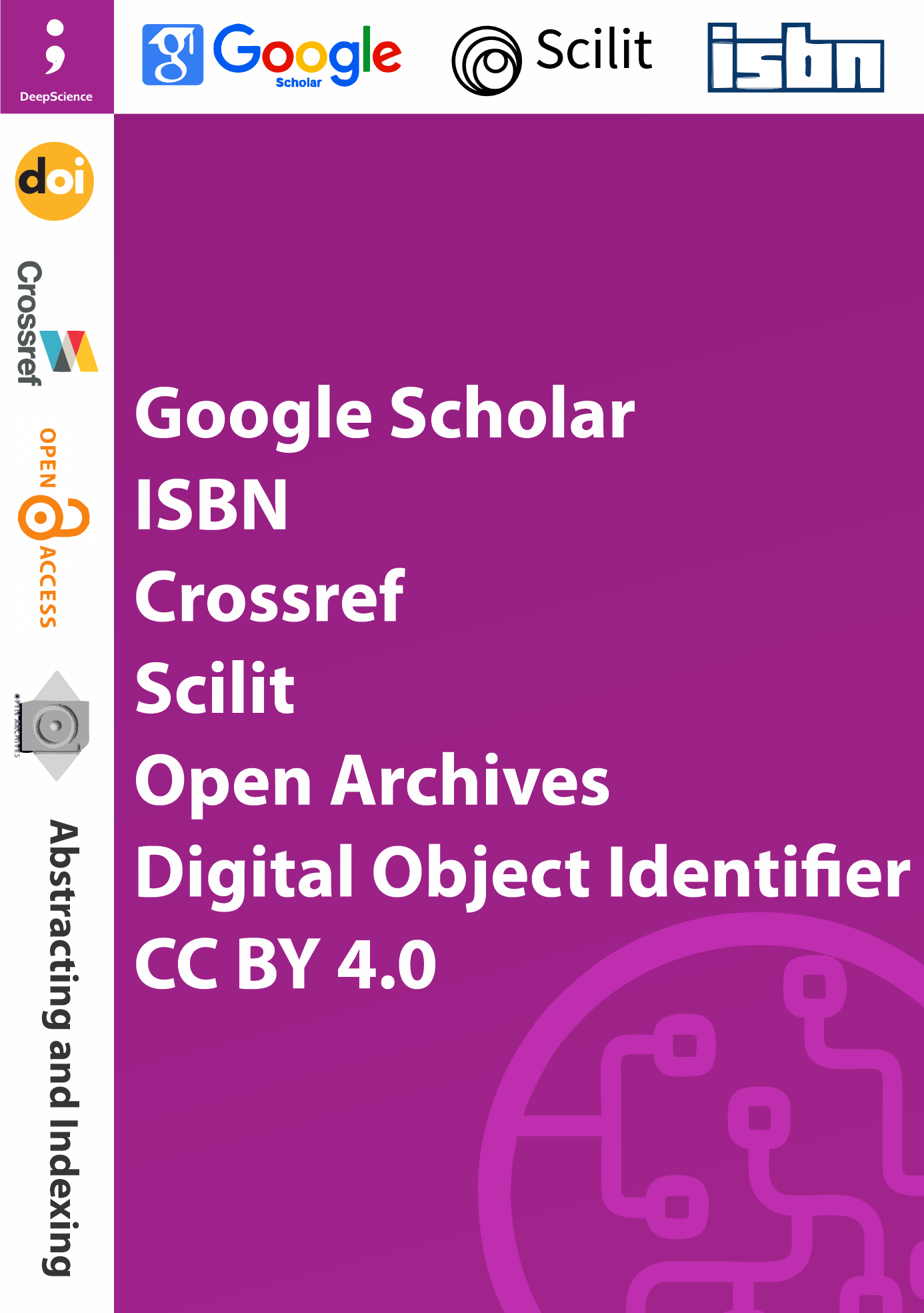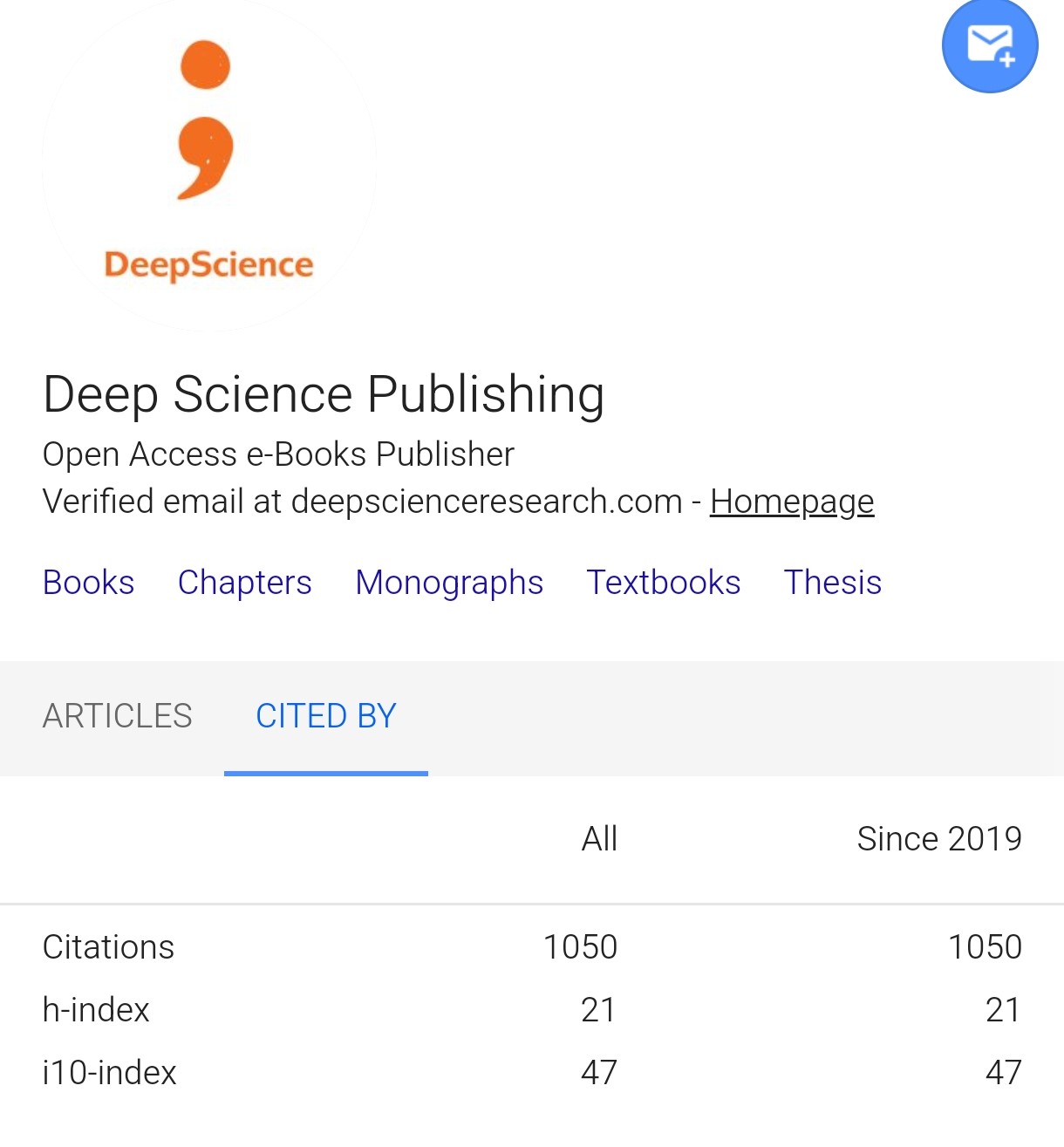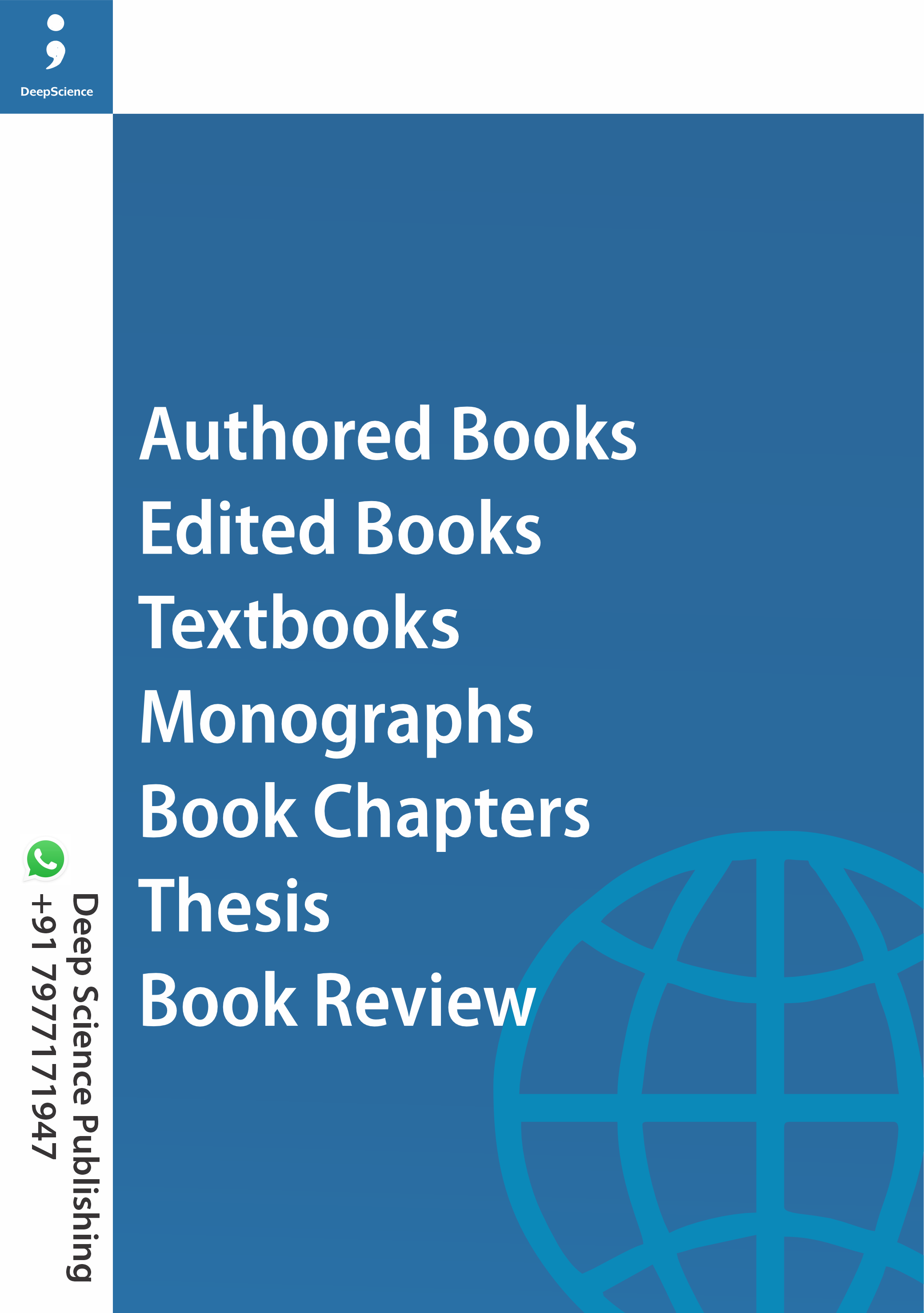Artificial intelligence applications in mission-critical domains
Synopsis
The historical development of Artificial Intelligence (AI) has been an incremental one, where cascades of many breakthroughs in technology have led to advances in intelligence for all-parallel, all-digital simulators for systems with pre-defined rules sets [1-2]. Notable exceptions exist which display truly general native intelligence, and which do not require nearly infinite compute resources, but none have yet been able to successfully navigate in physical environments to create lasting organizations, replicate themselves, and achieve self-sustainability quality, as these forms of life do [3-5]. In mimicking the intelligence of these complex naturally evolved Living Systems, AI systems have become general production-quality, affordable tools for high-volume data and signal processing tasks, and semi-autonomous decision-support systems for moderately larger artifice processes in many mission-critical domains undertaken by humans and human-centered organizations, supported by their technical systems.
AI has also been embedded within, and enabled dramatic advances in traditional systems of automation like speech processing, natural language processing, intelligent data and sensor fusion, decision making and intelligence analysis, and swarm robotics [6-8]. There are frameworks that have defined Digital Evolution principles for accelerating systems of man and machine within evermore autonomous cognitive, mission-critical systems, which provide society many of its current defense and governance missions, and created the crisis of trust in AI systems. Yet, these same frameworks warn that relied-upon, human-centered organizations are failing within dynamic global transformation, and therefore caution as to what extent; and so raises questions around how and when to place AI in control of tasks in the mission-space of essence without being backed-up by bounding strategic parameter bounding decision rules inherently incorporated with self-interest and mutual trust into these same organizations.













